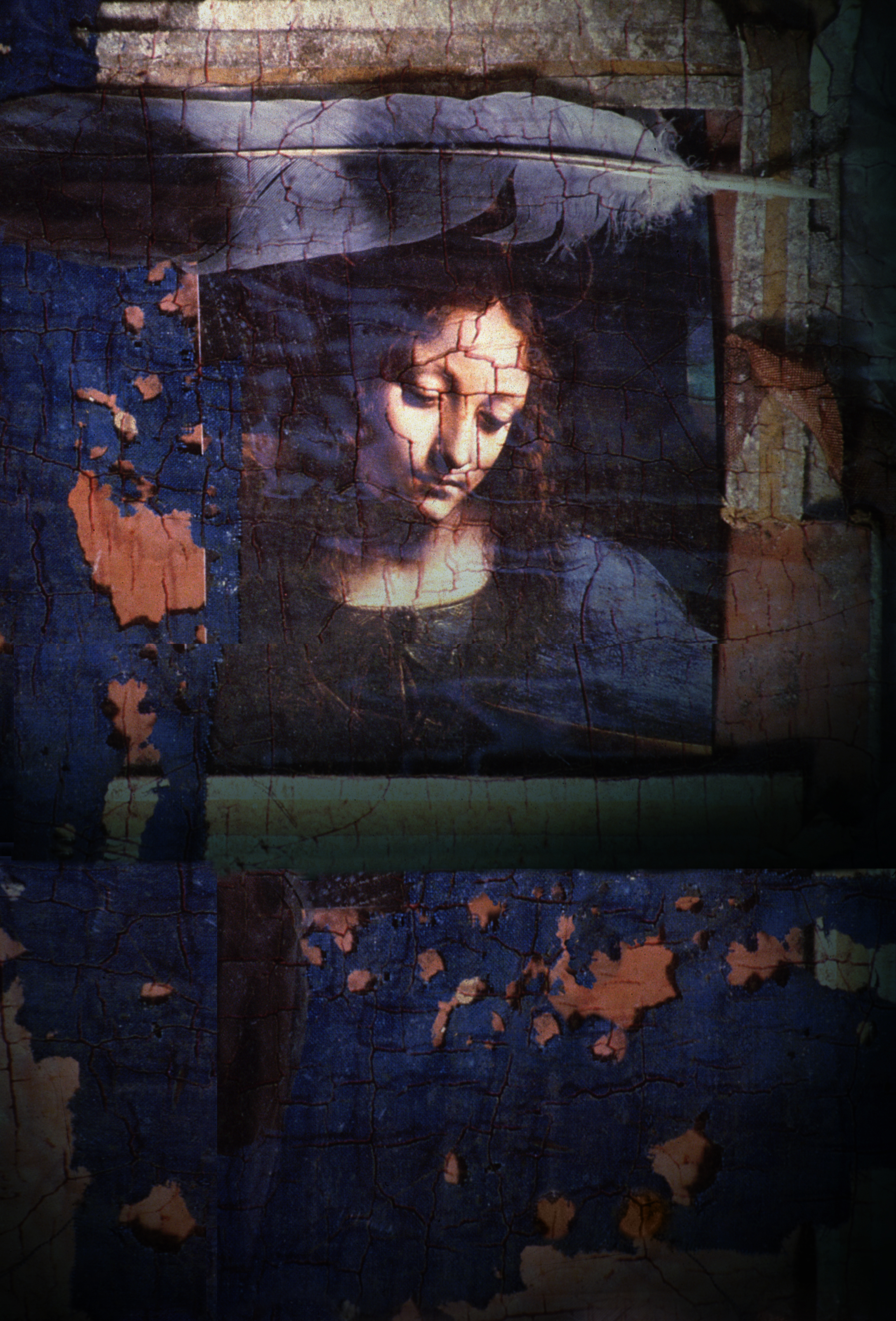Architectural Music
I first began to be aware of the evolution of music when I sang in a choir, age 11 or 12. We sang Latin masses in various churches in Lancashire.
I realised that we were often harmonising with the delayed sound of our own voices reflected from the enormous interior walls of the churches.
This sensation was so enjoyable that I sometimes came in early for practice, taking great pleasure in improvising chants using the echoes from the walls. I also began to undersand this was a very human interaction with architecture – and it had resulted in our evolution of chant as a truly architectural music.



Much later, when I had my own recording studio, I began to experiment with delays, reverberation devices and harmonisers, in an attempt to recover some of the sensations I’d experienced as a boy singing in the choir.
By that time, I’d no wish to make anything in any way ‘religious’ but I still wanted to address some of the experiences that have come to be identified as’ religious’ or ‘spiritual’.
For instance, the pleasurable feeling of losing oneself, of dissolving among all the voices and reverberations of huge spaces, and joining with something much bigger than our wee isolated selves. Personally, I think this is a normal part of human experience, but it has come to be identified with religion.
Now, as well as churches, we have electronic spaces of unlimited dimensions, a new, mutable electronic architecture that allows us to slow, speed, multiply, repitch, even to reverse time - then replay it, moving both forward and backward in time simultaneously – a possibility which still astounds me and which I’ve used all through these recordings.
As for the music itself – well, that’s still arrived at through a very human response to these notional environments - by singing into them, exactly as we sang into cathedrals, caves and even into that great resinator, the ocean, all the way back along the line of our evolutionary past.
By that time, I’d no wish to make anything in any way ‘religious’ but I still wanted to address some of the experiences that have come to be identified as’ religious’ or ‘spiritual’.
For instance, the pleasurable feeling of losing oneself, of dissolving among all the voices and reverberations of huge spaces, and joining with something much bigger than our wee isolated selves. Personally, I think this is a normal part of human experience, but it has come to be identified with religion.
Now, as well as churches, we have electronic spaces of unlimited dimensions, a new, mutable electronic architecture that allows us to slow, speed, multiply, repitch, even to reverse time - then replay it, moving both forward and backward in time simultaneously – a possibility which still astounds me and which I’ve used all through these recordings.
As for the music itself – well, that’s still arrived at through a very human response to these notional environments - by singing into them, exactly as we sang into cathedrals, caves and even into that great resinator, the ocean, all the way back along the line of our evolutionary past.